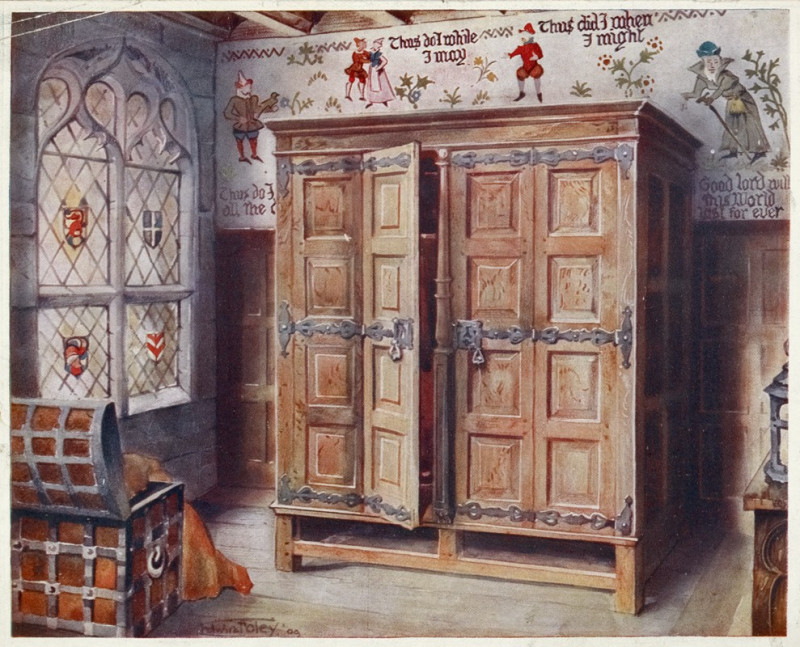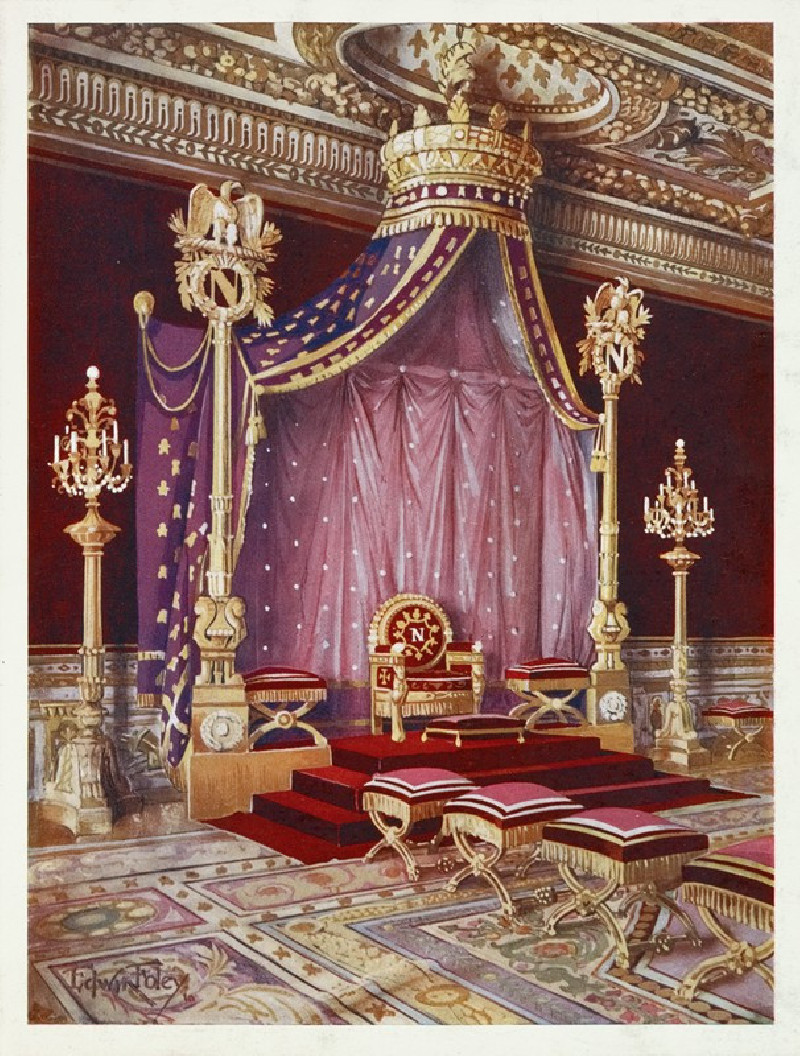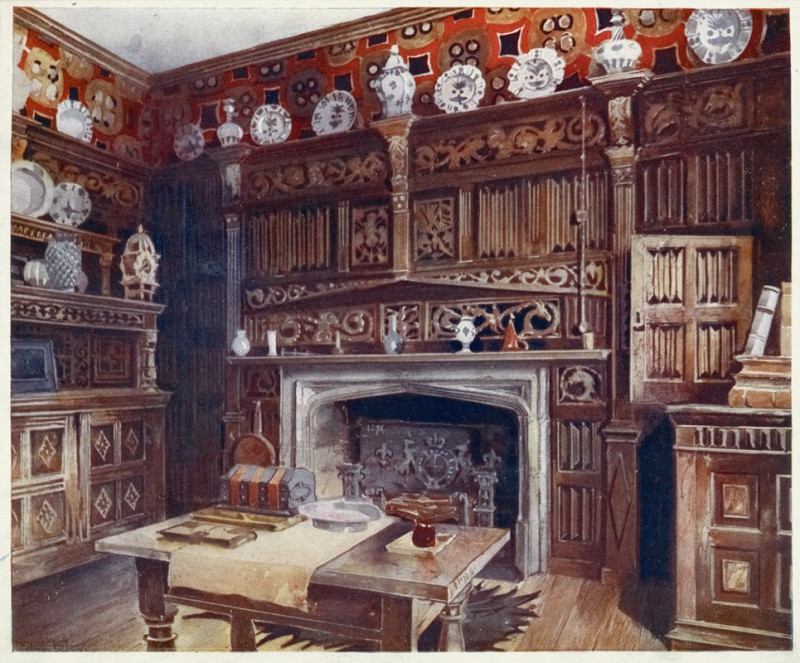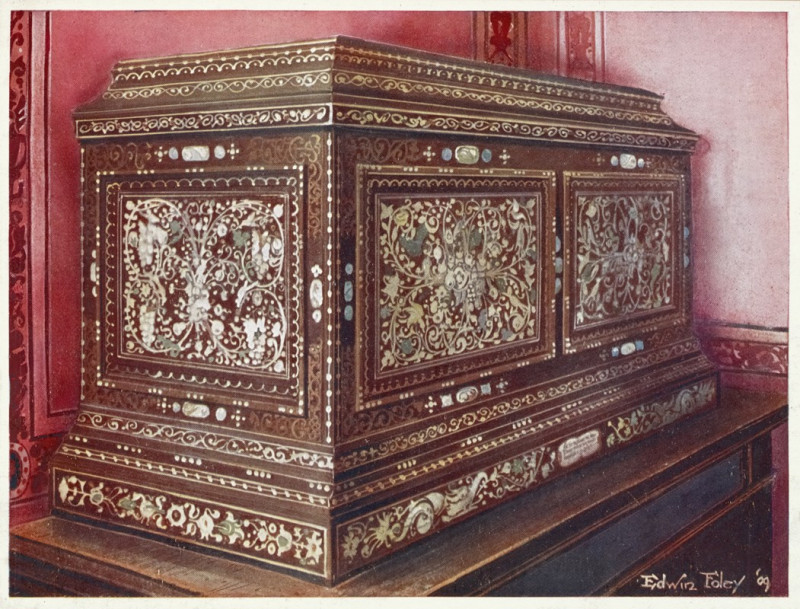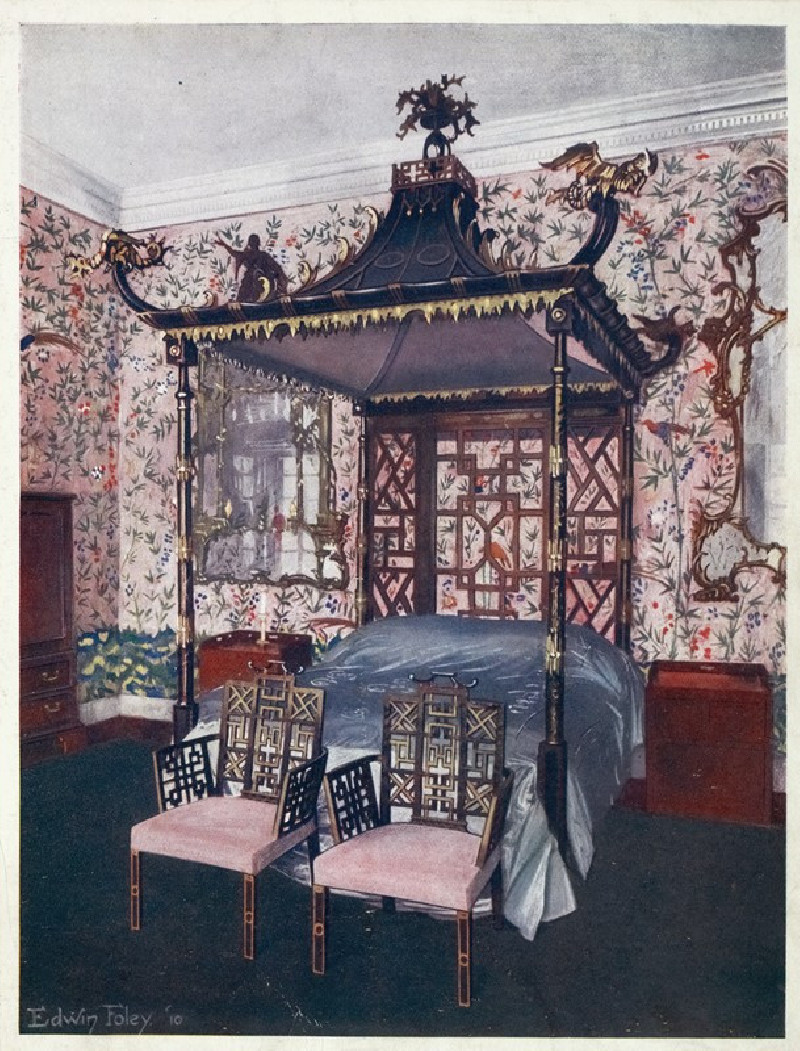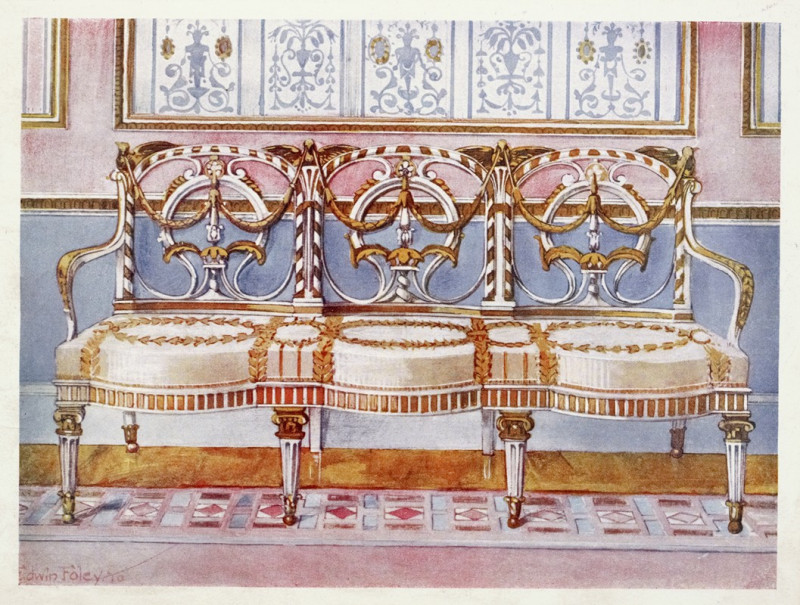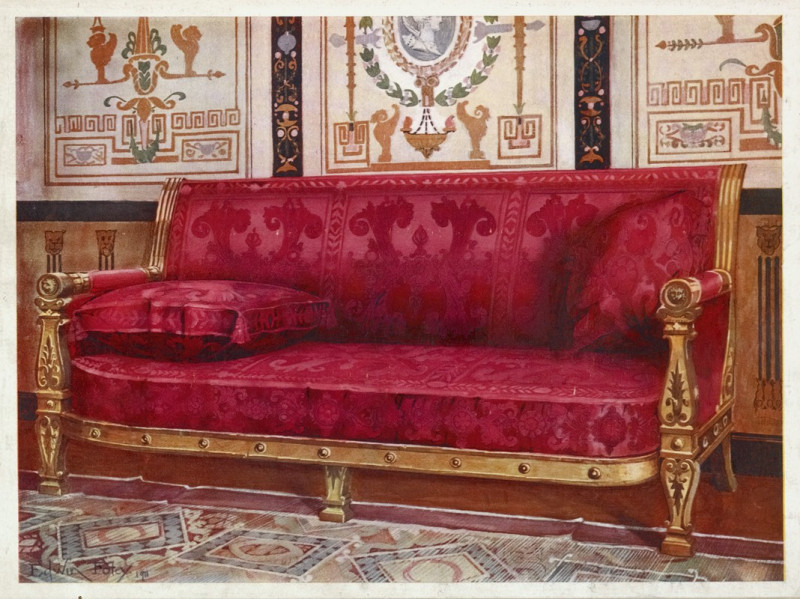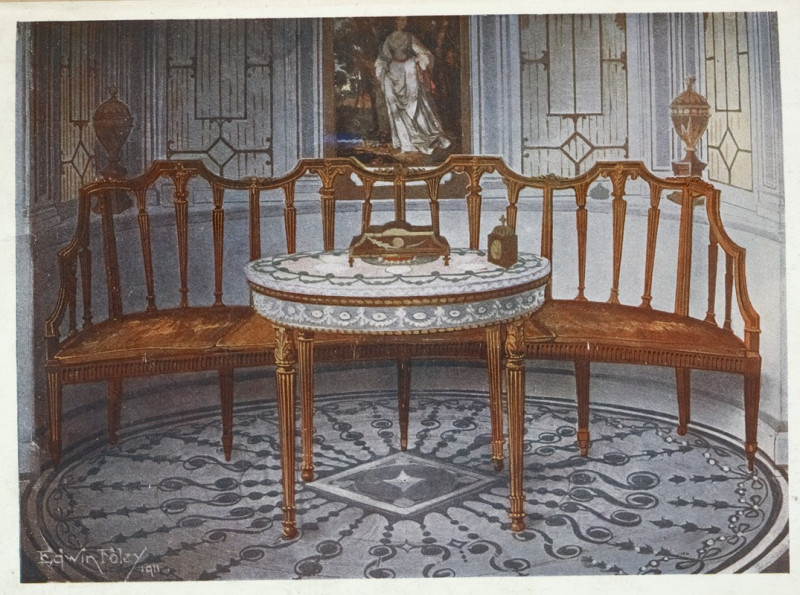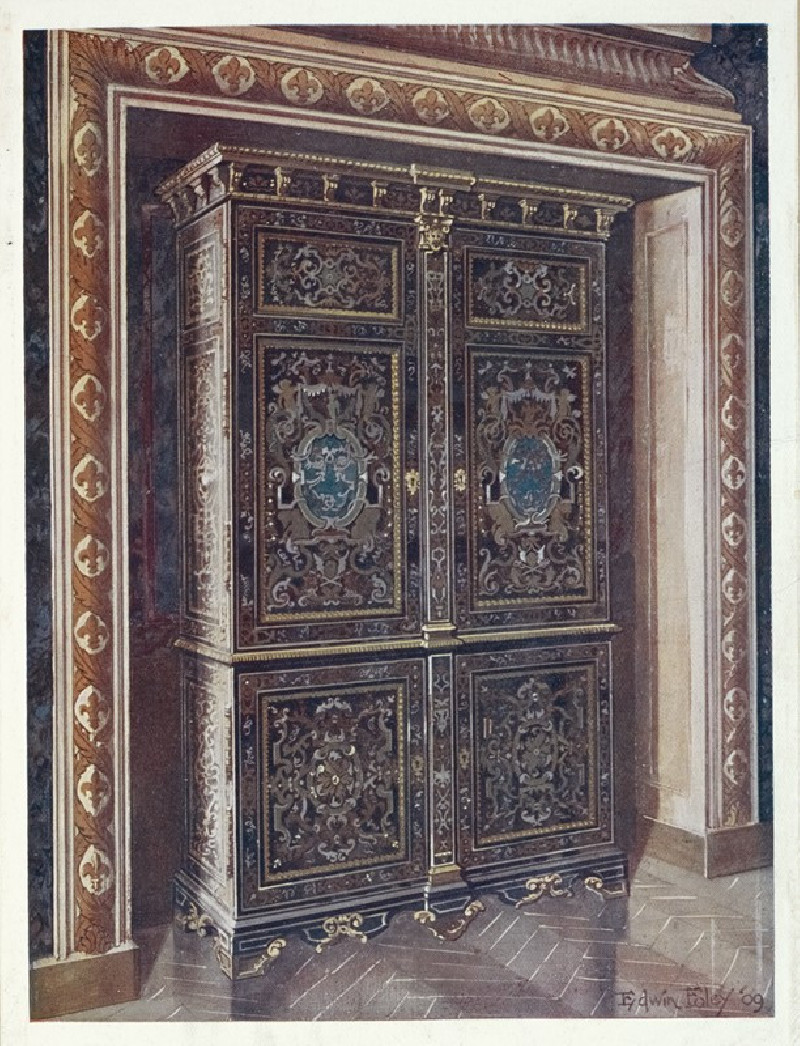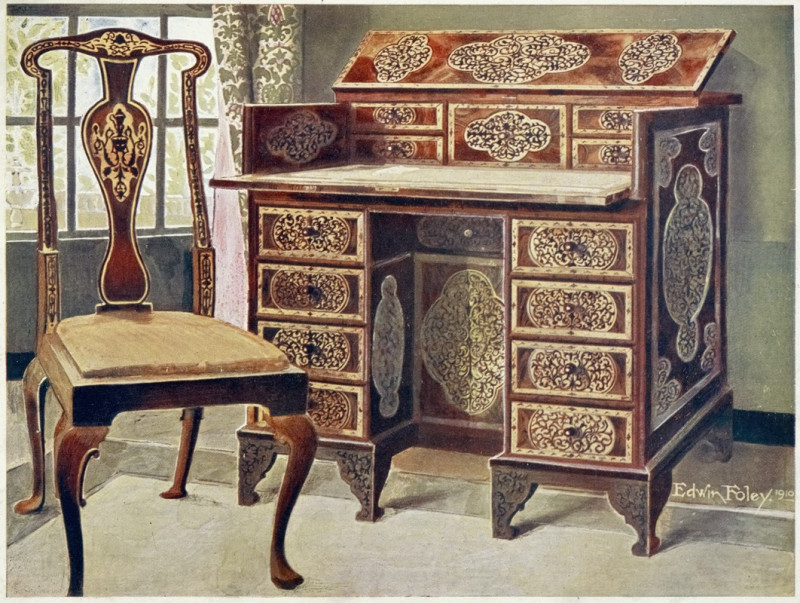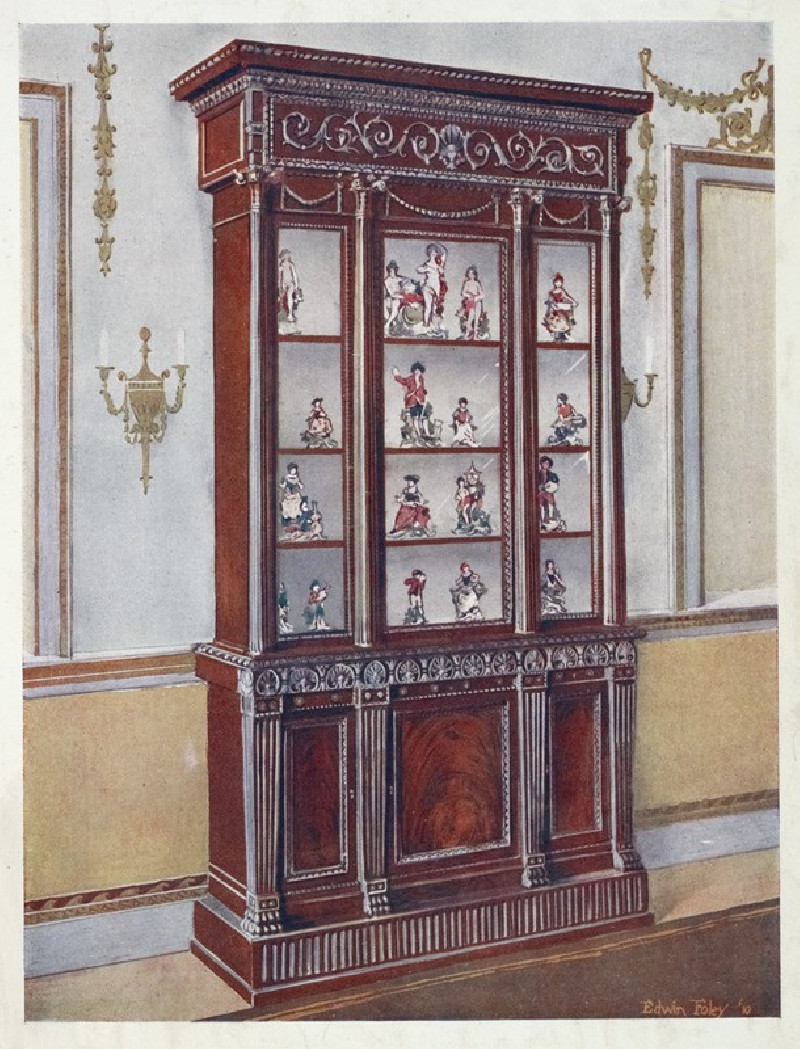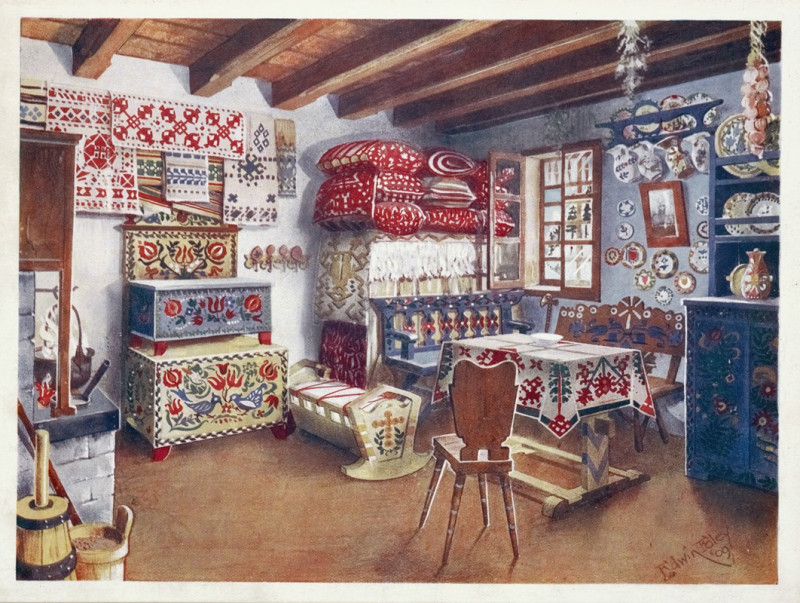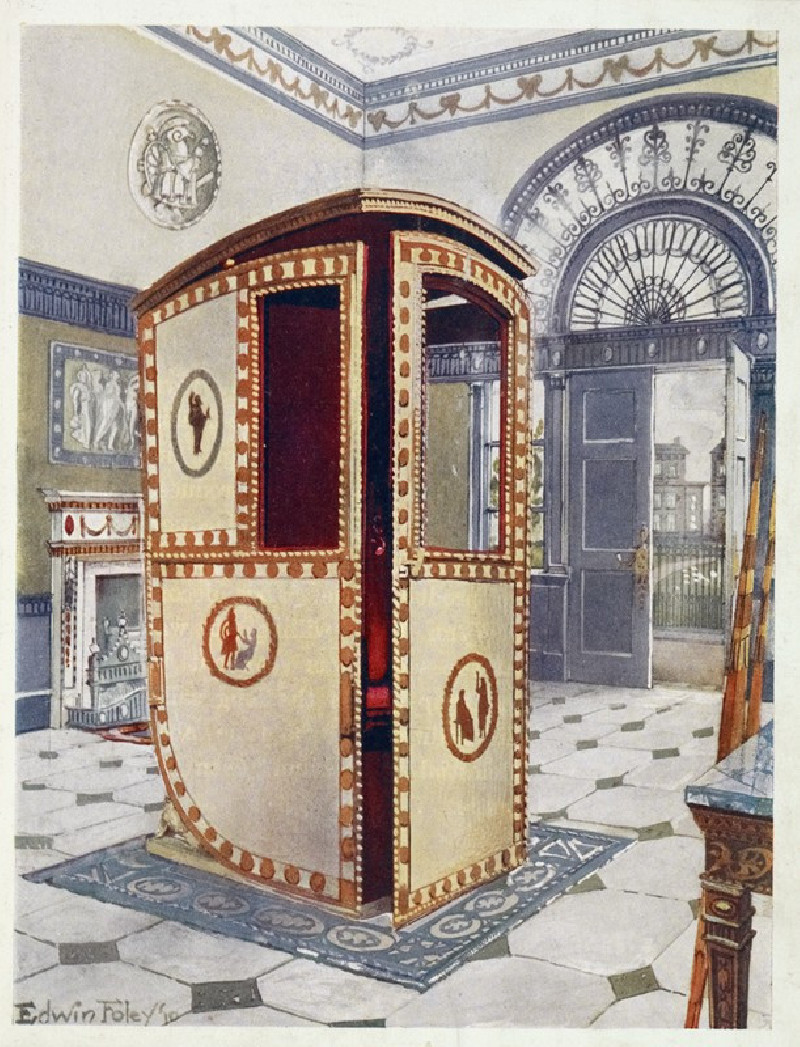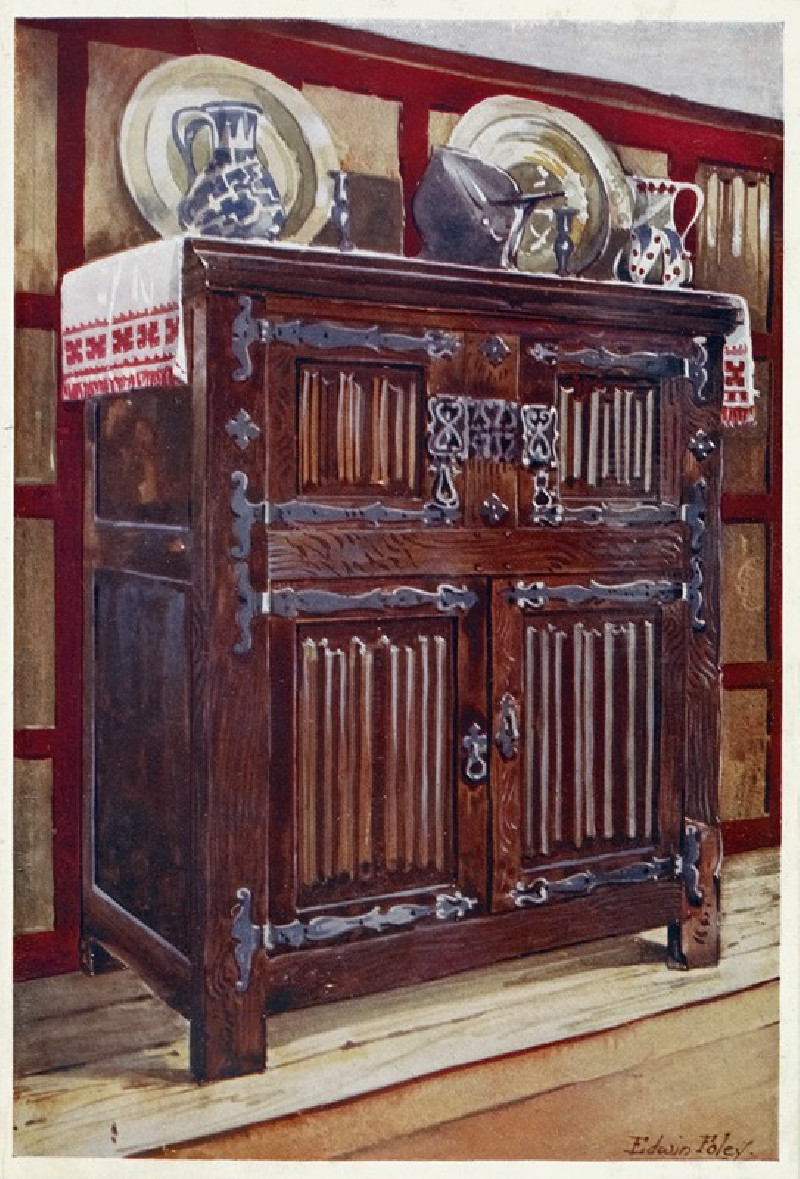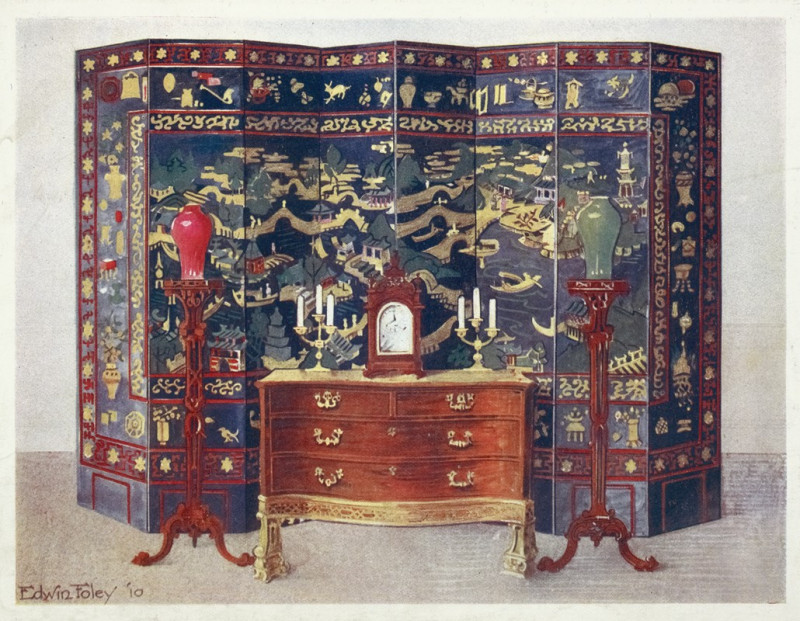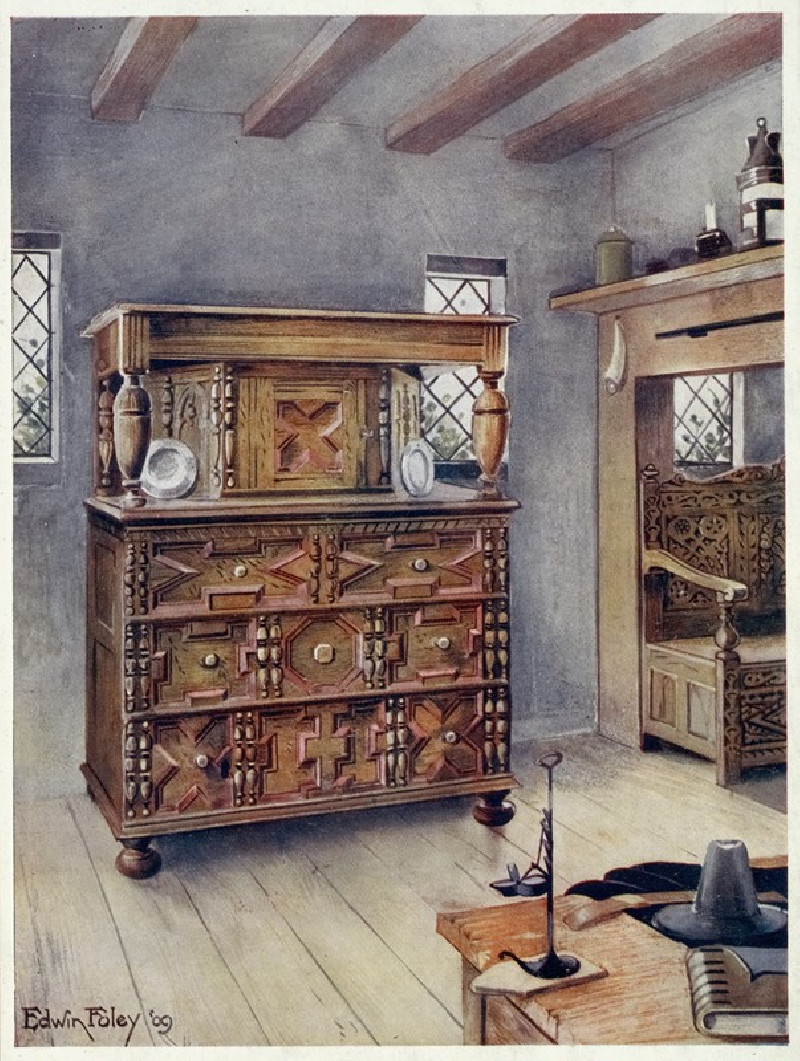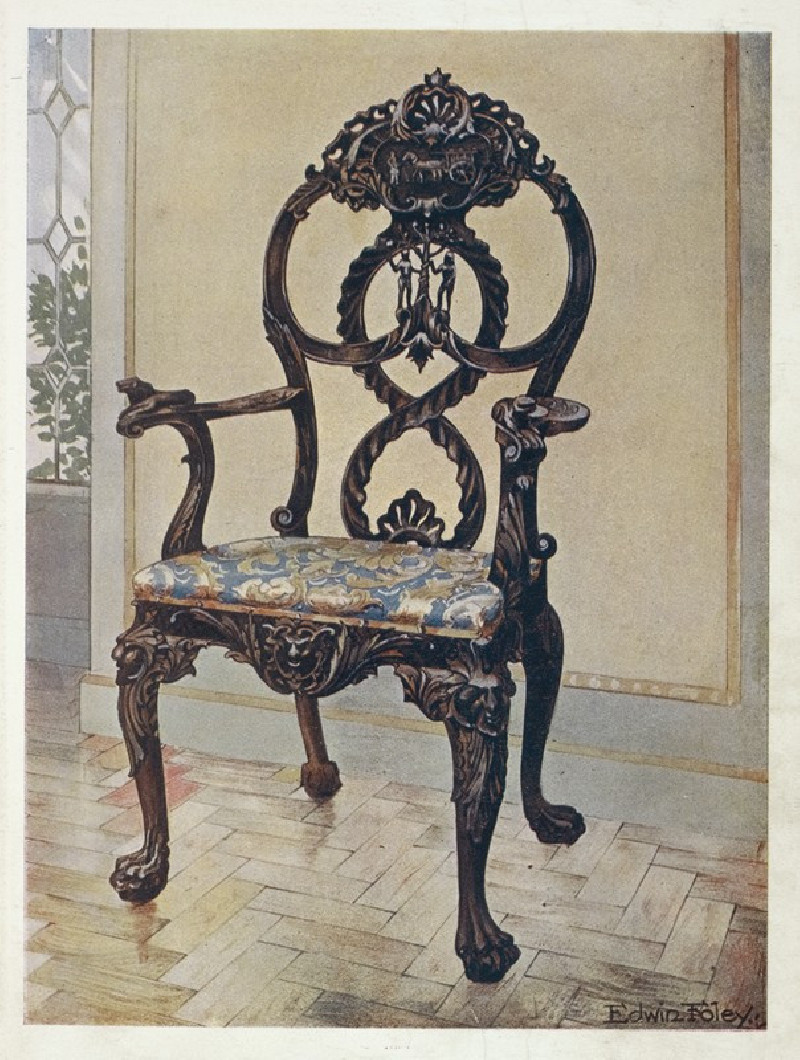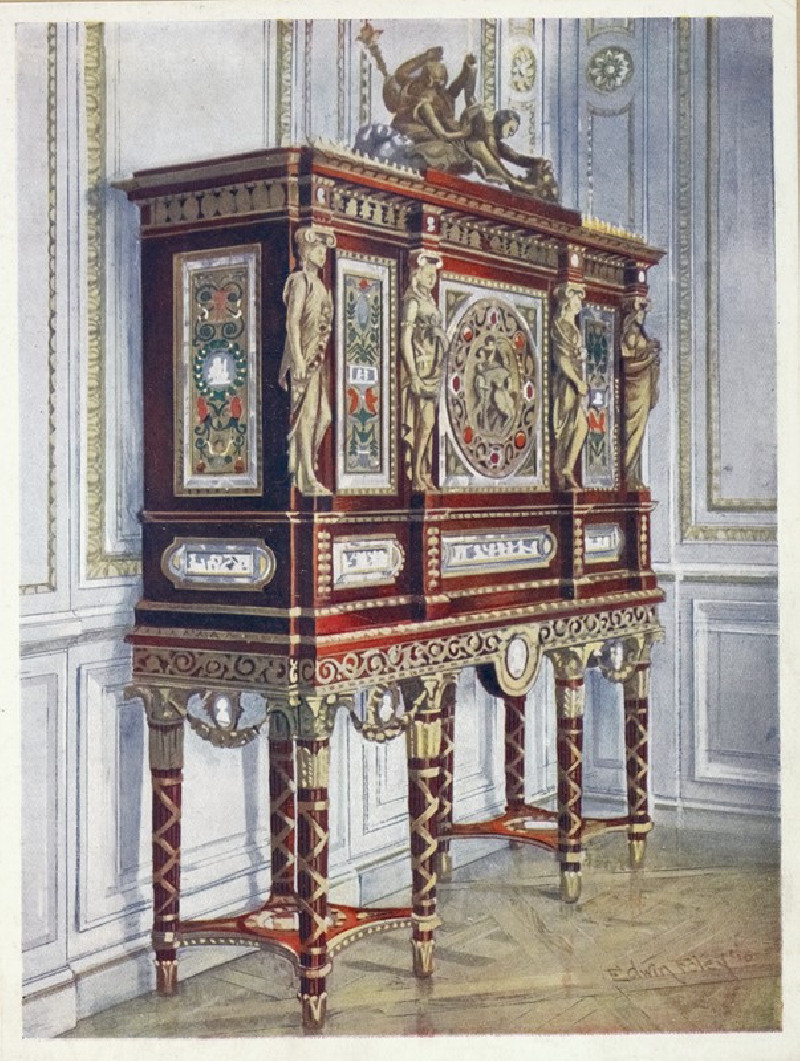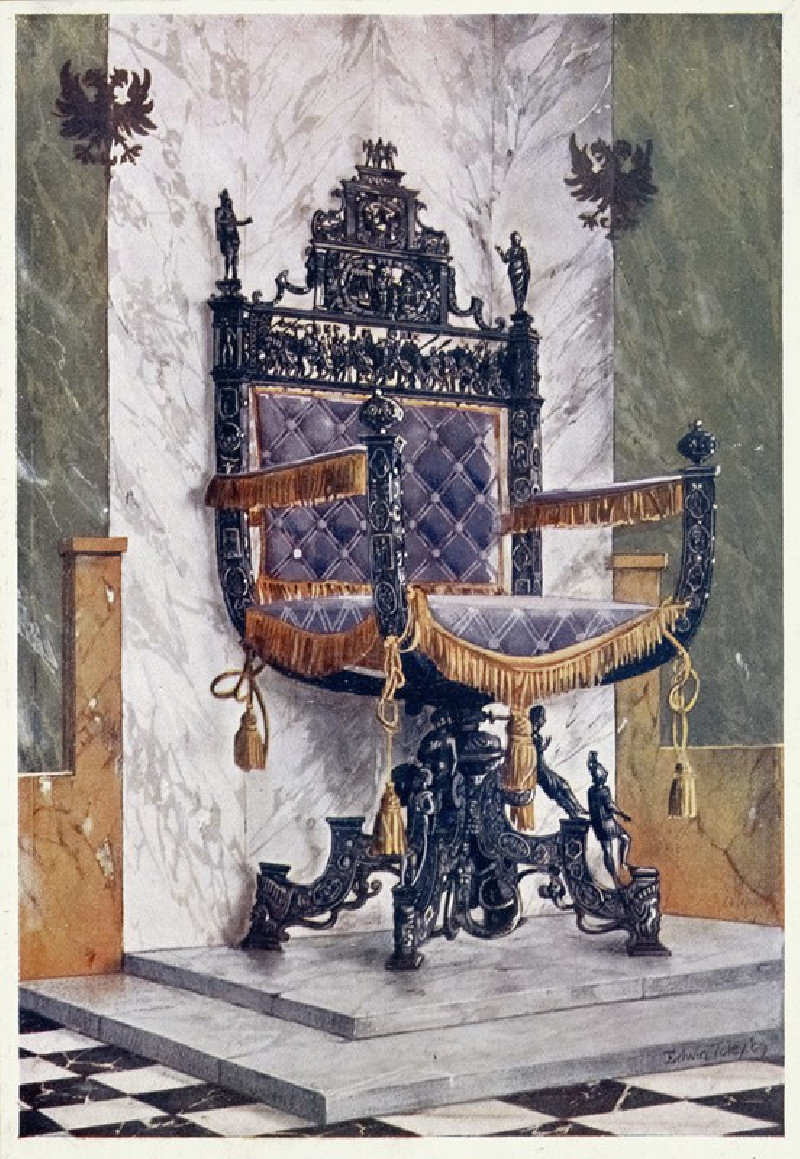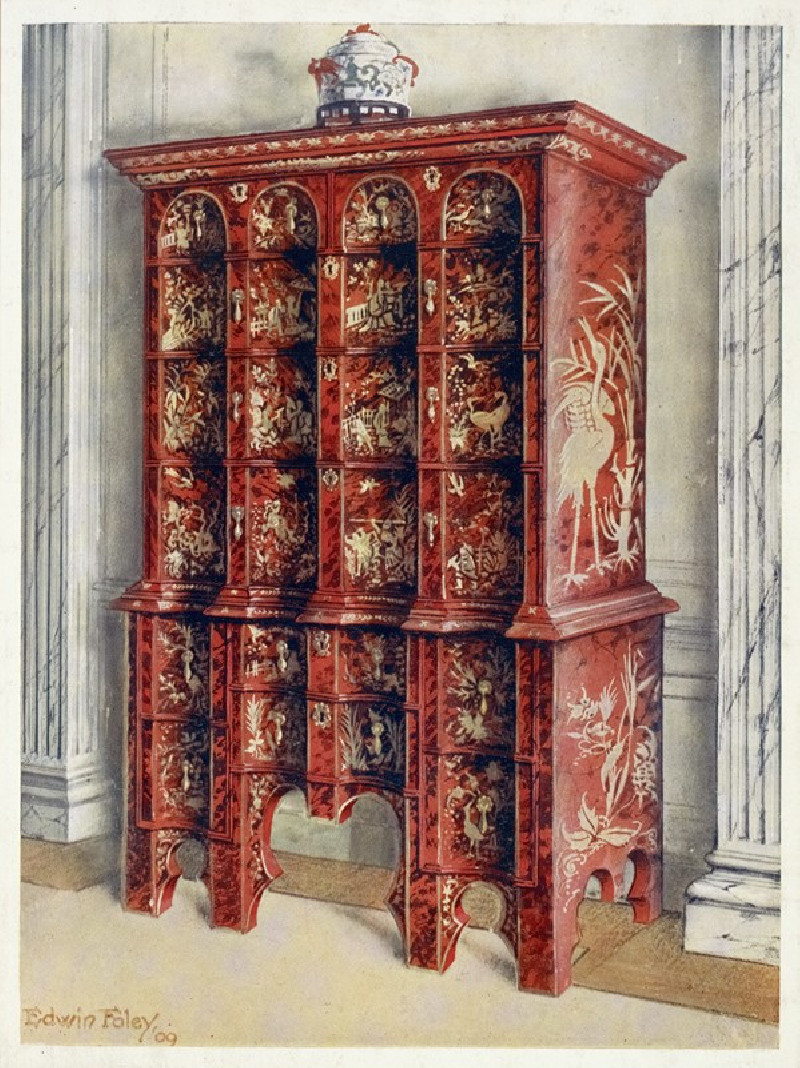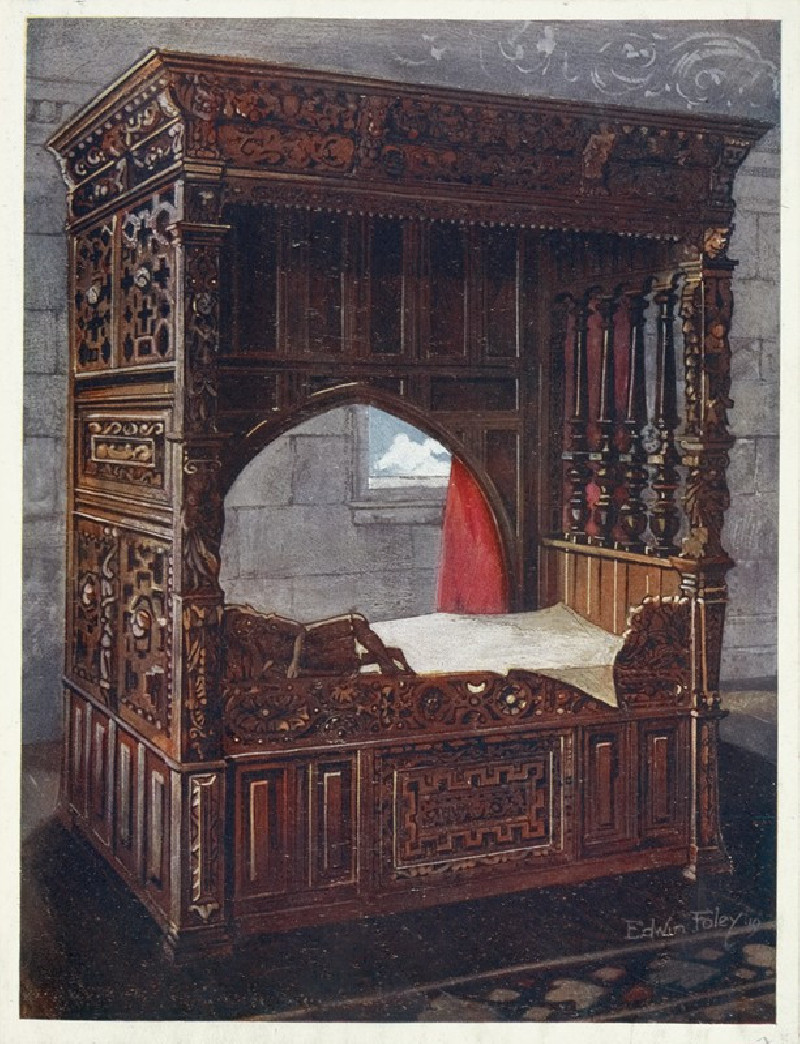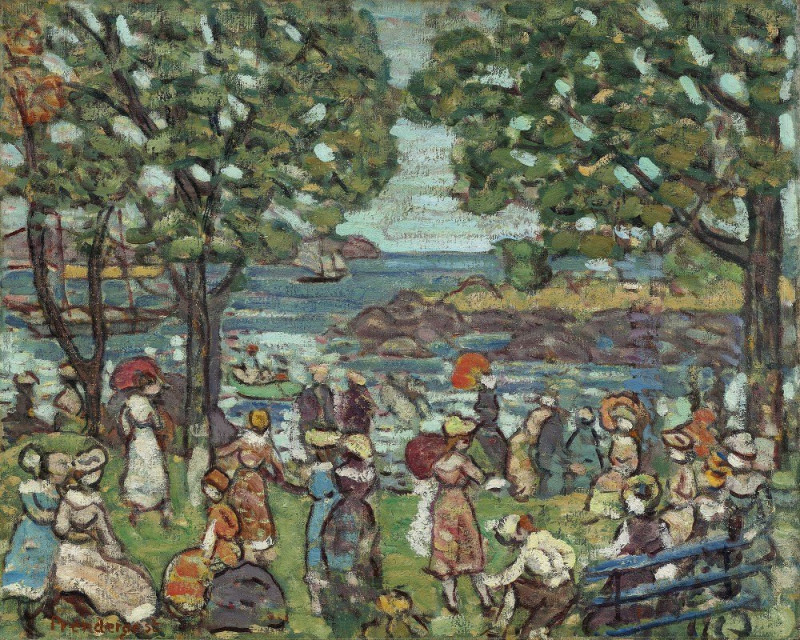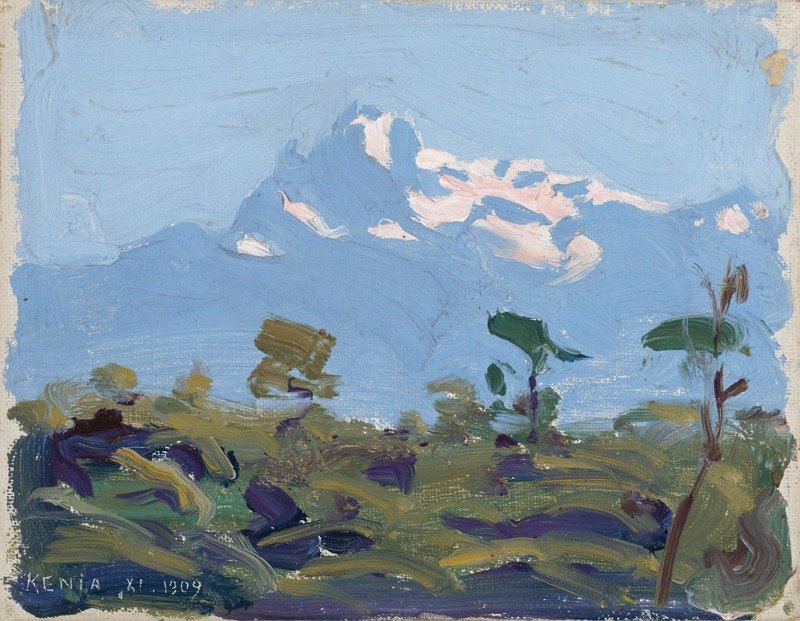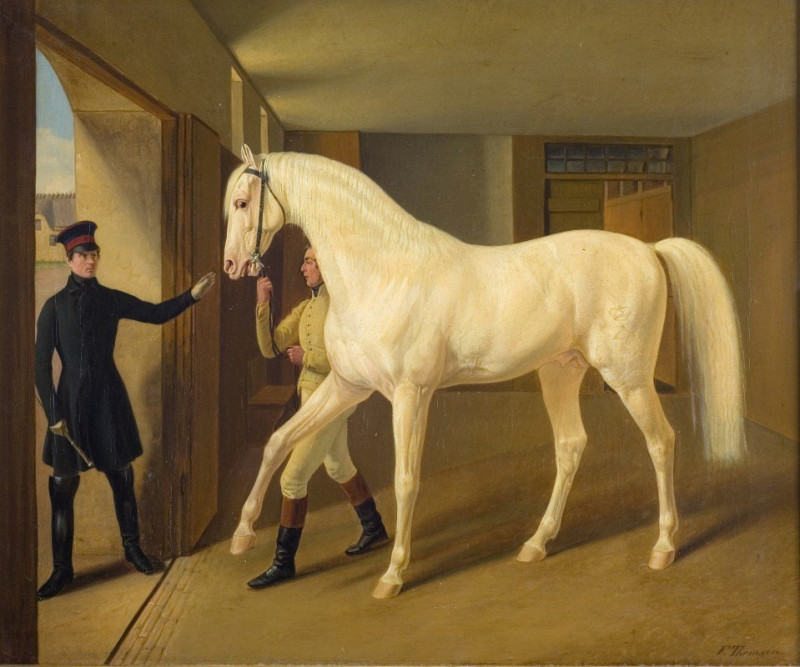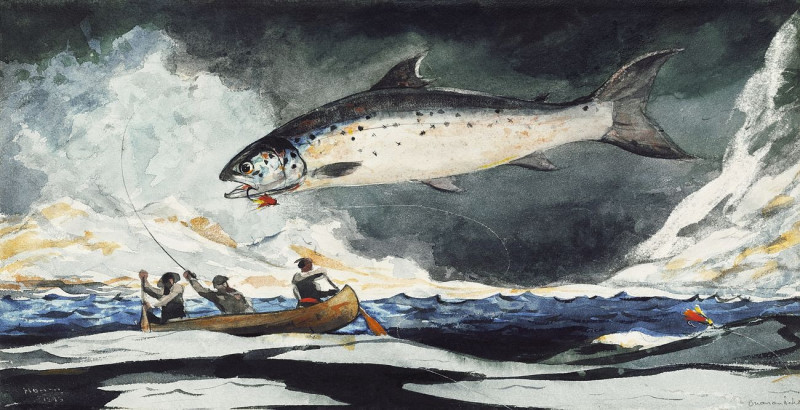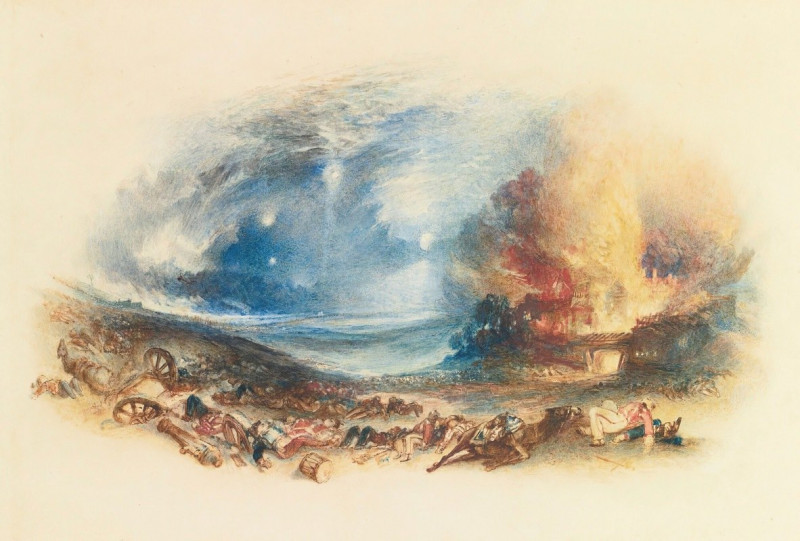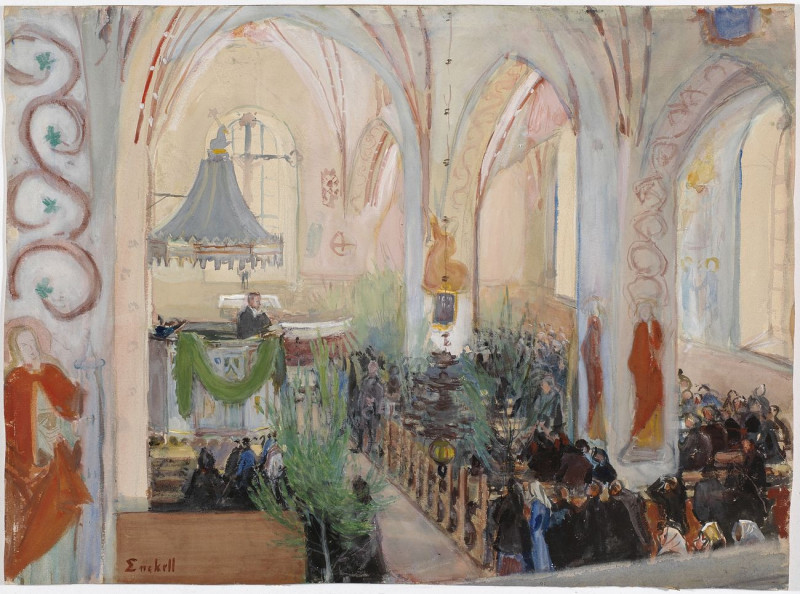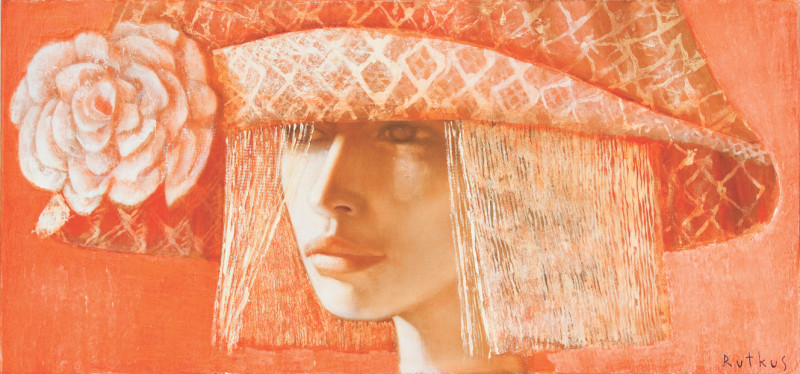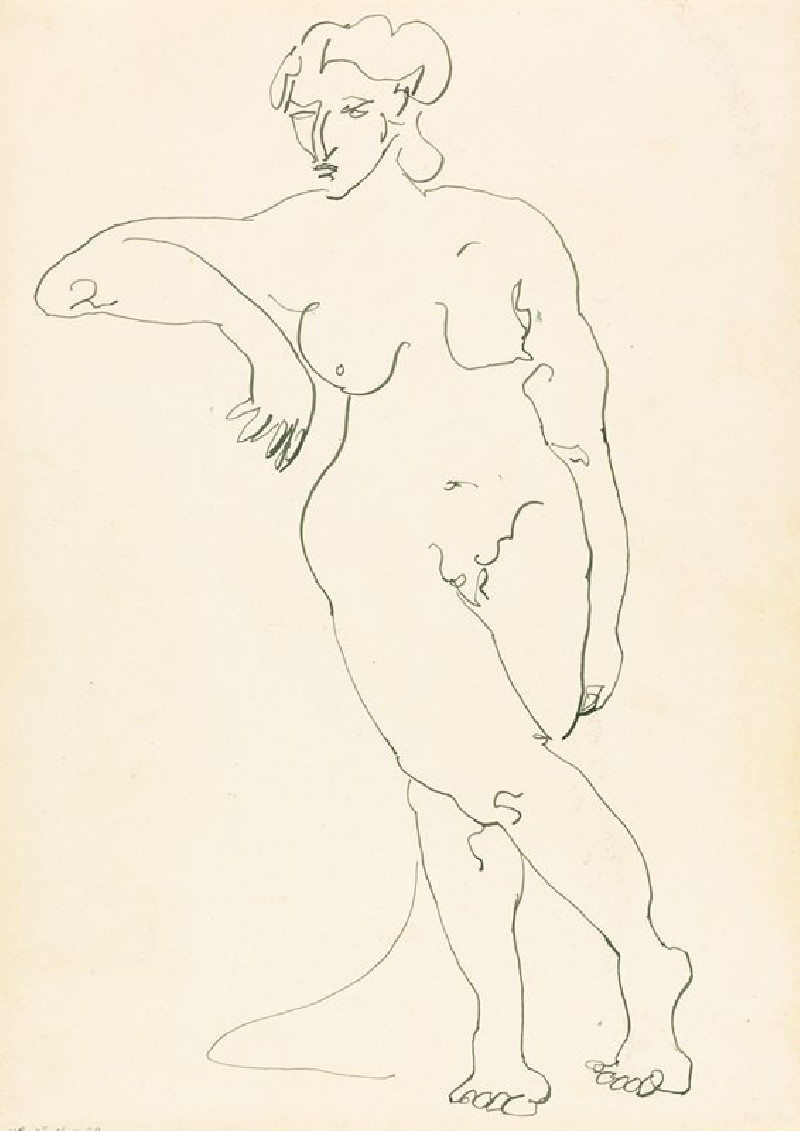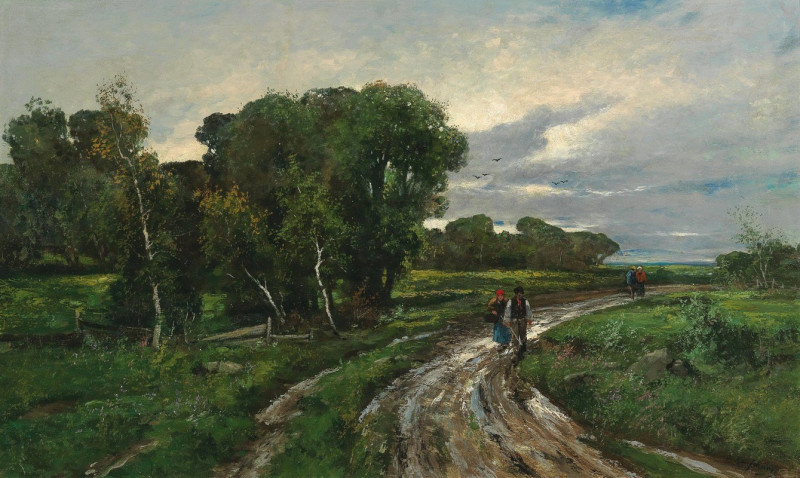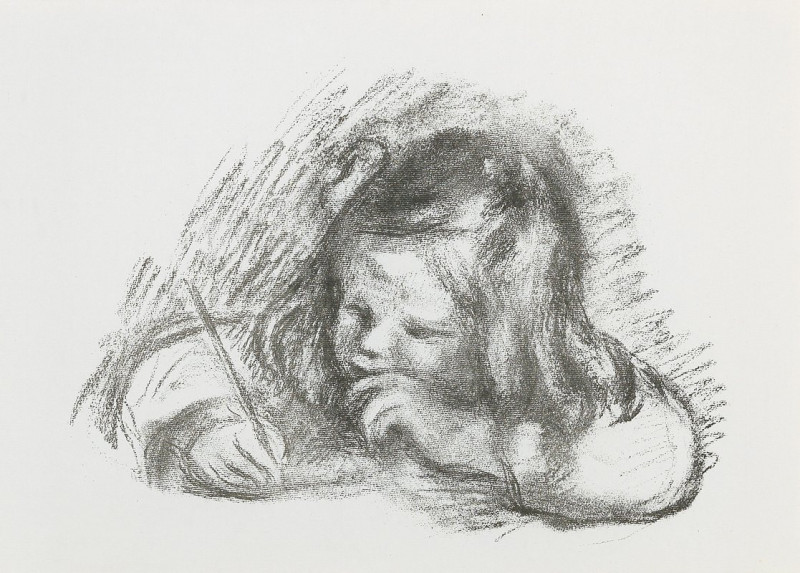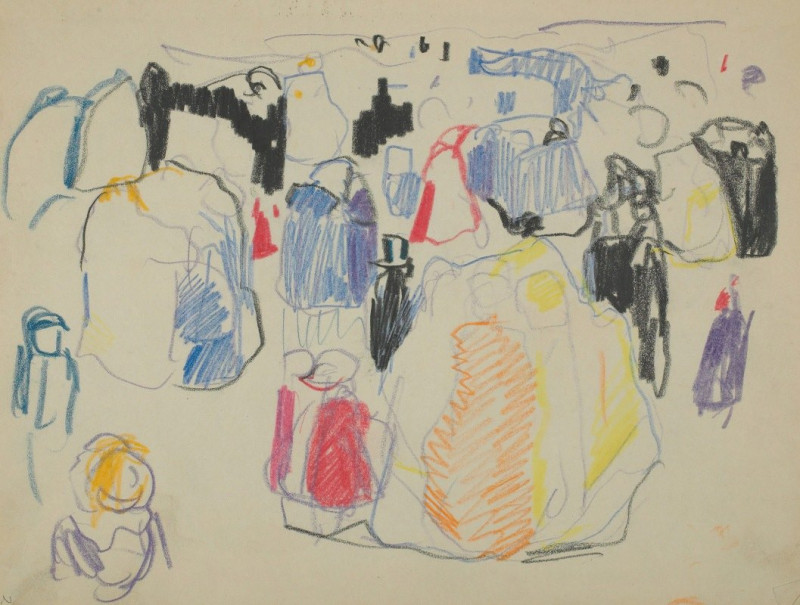Oak press, Strangers’ Hall, Norwich. Wall fresco painting, West Stowe, ca. 1550. (1910 - 1911)
More about this artwork
Delivery
Returns
Author and illustrator of The Book of Decorative Furniture, published in 2 volumes by T. C. & E. C. Jack in 1910-11, which featured one hundred reproductions in full colour and one thousand text illustrations. The book went through a number of editions.
Almost nothing has been published about Foley other than that he was a Fellow of the institute of designers.
He was born Edwin John Foley in Fisherton Anger, Wiltshire, c.1859, the second child and eldest son of furniture manufacturer Arthur Foley of the Fisherton Cabinet Works, Salisbury, and his wife Jane. He was at least partly educated in London, where he lived with his uncle and aunt, Peter and Rhoda Marie Brown.
He worked as a designer for his father from at least the early 1880s, but by 1891 was living in Charlotte Street, Marylebone, with his wife Louisa Maud (nee Hayford), whom he married in 1882. They had three children, Conrad Hayford (b. 1885), Hubert Edwin (b. 1887) and Alan Victor (b. 1888).
Edwin John Foley lived at 294 Camden Road, Middlesex, and died at Cottesloe, Western Australia, on 25 April 1912.
Many more pictures by Edwin Foley can be found at the Look and Learn picture library.

